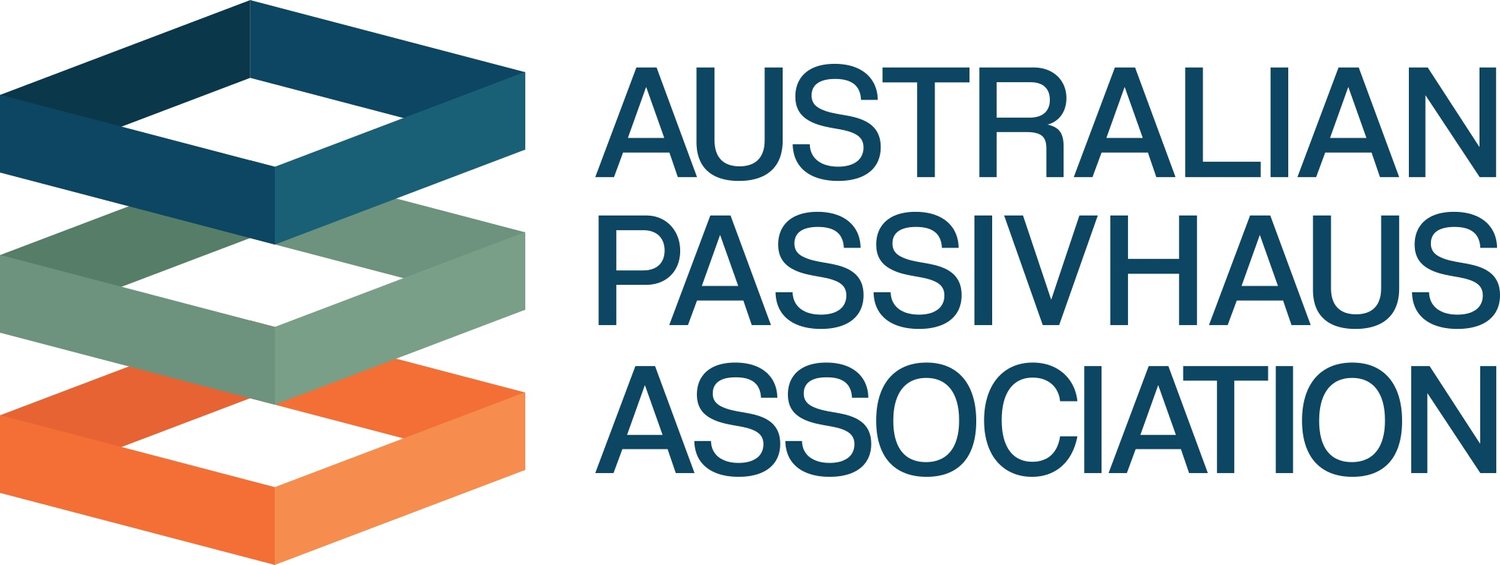Castle of the Keep Passive House
Description: Not yet Certified - Targeting EnerPHit
Building Type: Residential home
Location: Katoomba NSW 2782
Number of Apartments/Units: 1
Treated Floor Area According to PHPP: 187.7m2
Construction Type: Double 70mm stud walls, insulated concrete topping slab, 300mm timber roof construction, insulation of existing raised timber floor
Year of Construction: Design commenced 2018 with building construction commenced 2020, expected completion 2022.
Background and Brief
This project is being completed by owner builders and it has taken a while to build. Expected completion 2022. It is a project targeting EnerPHit certification. An existing small brick veneer had a pavilion added to the rear than also extended over the existing house. The existing house was extensively gutted & re built; the bricks were taken down & recycled, additional framing added & it was re-clad in Weathertex to match the new pavilion (with some Colorbond).
The owners wanted to convert a small old brick veneer into a modern home with 4 bedrooms & a second small living area for the kids, & a home office. They wanted it to be efficient & sustainable. Originally it was designed solar-passive, however during the design process this was changed to PH.
Challenges
The old 80s brick veneer was significantly altered and extended. The new part of the extension went smoother than expected; modifying the old building did not!
Project Members
Architecture: Mark Davis Design
Energy Consultant: Mark Davis Design
Certifier: Detail Green – Luc Plowman
Builder: Owner builders, Bec & Andrew Keep
Thermal Envelope
Exterior Wall Cladding: Weathertex
Basement Floor/Floor Slab: TBC
Roof Structure: TBC
Wall Structure: TBC
Glazing: TBC
Mechanical Systems
HRV/ERV/MVHR: Energywise Living
Air Conditioning: Nil
Fenestration: Logikhaus
PHPP Values
Climate: 4: Warm Temperate
Air Tightness: n50 =.61/h
Annual Heating Demand: 8 kWh/(m2a)
Heating Load: 10 W/m2
Cooling Load: TBC
Cooling and Dehumidification Demand: TBC
PE Demand (Non-Renewable Primary Energy): 66 W/m2
PER Demand (Renewable Primary Energy): TBC
Generation of Renewable Energy (in relation to projected building footprint area): TBC





